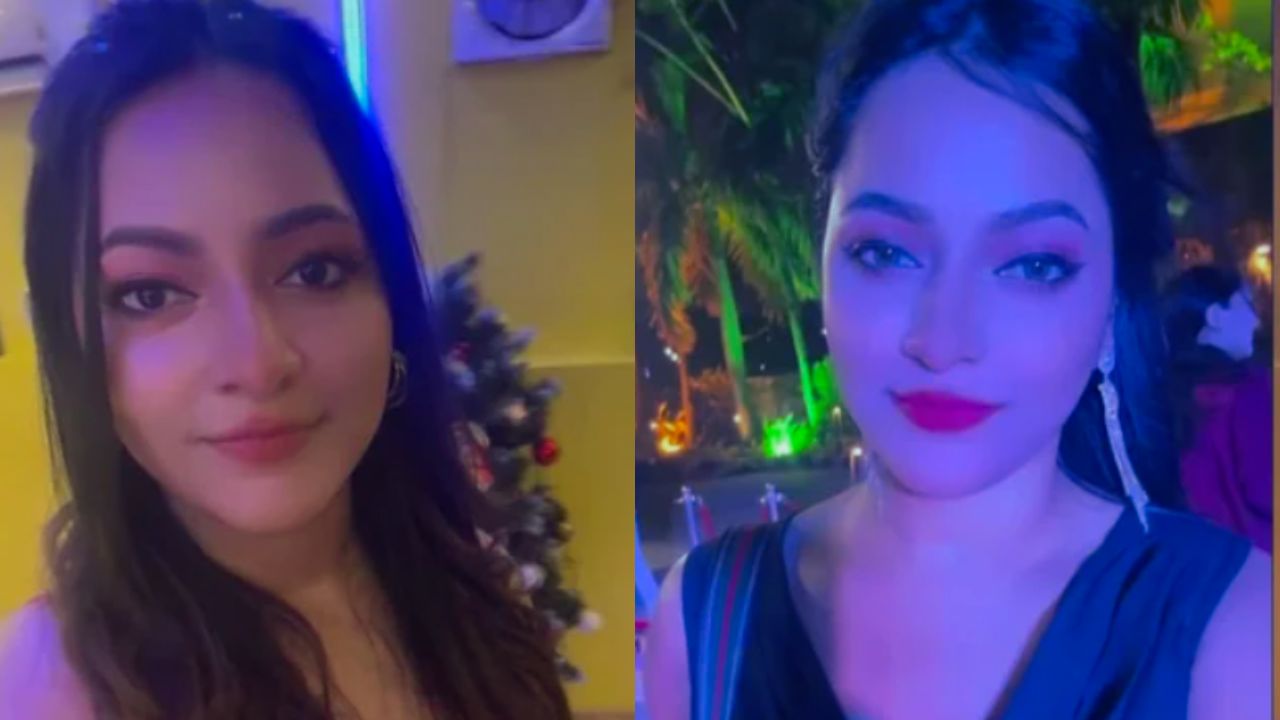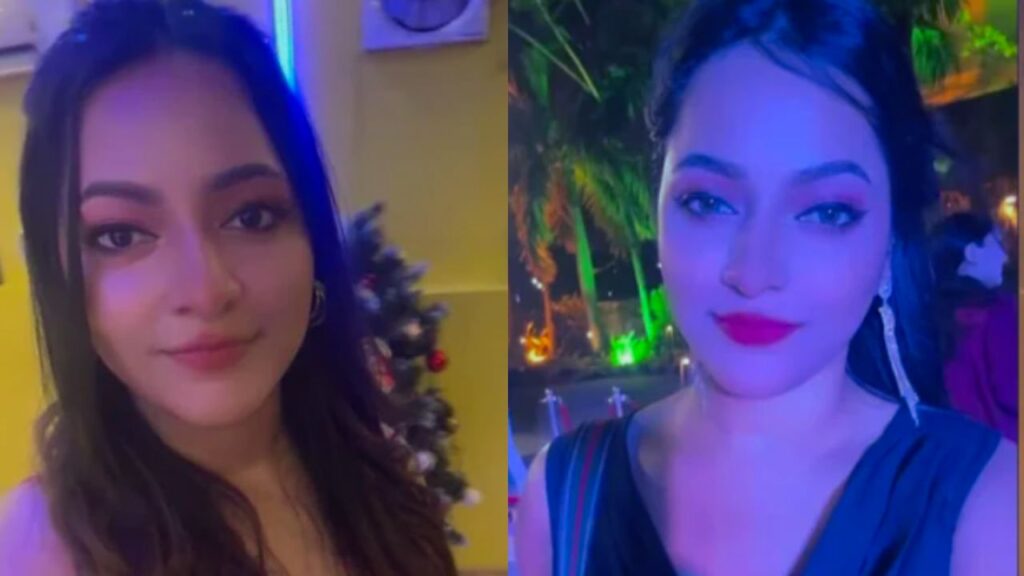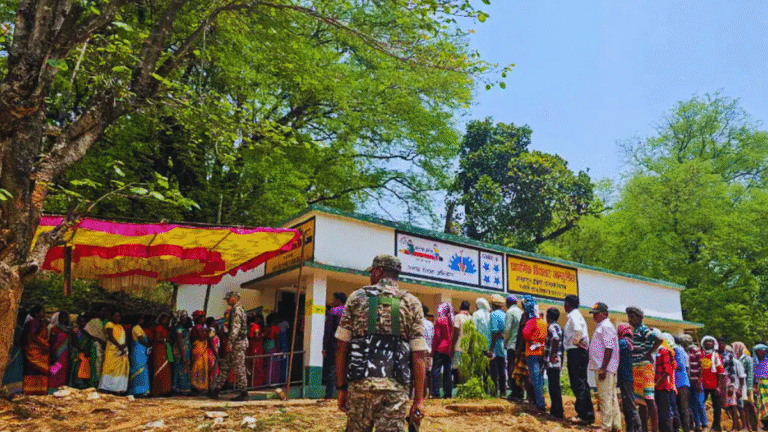
In a stunning twist that has rocked Kolkata’s modelling and security circles, a Bangladeshi model has been arrested by the city police for allegedly living in India on forged documents. The woman, whose identity is being withheld pending further investigation, was nabbed during a joint operation by the Kolkata Police’s Special Task Force (STF) and the Intelligence Bureau.
According to officials, the accused had successfully blended into Kolkata’s modelling and event management industry, appearing in fashion shows and promotional campaigns while allegedly using fake Aadhaar and ration cards to create a legal identity.
The Arrest Operation: A Tip-Off Turns Into a Major Bust
The arrest took place in the Park Circus area, a hub known for both its cosmopolitan crowd and growing underground activity. Acting on a tip-off regarding illegal immigration and identity fraud, the police conducted a raid at the model’s rented apartment.
Upon interrogation and a search of the premises, the authorities recovered multiple forged Indian identity documents, including:
- A fake Aadhaar card with a West Bengal address
- A counterfeit ration card listing her as an Indian citizen
- Bank documents and mobile SIMs acquired through fraudulent means
Officials revealed that the woman had been living in India for over three years and had participated in various glamour events, posing as an Indian national. The operation uncovered suspected links to a wider cross-border identity racket, which may involve more individuals from both Bangladesh and India.
Model With a Double Life
Police sources suggest that the accused had crossed into India illegally, most likely through the porous border in West Bengal’s North 24 Parganas region, and later established herself in Kolkata with the help of local contacts. While she maintained a public image as a freelance fashion model, her backend activities are now under intense scrutiny.
There are unconfirmed reports suggesting that she may have attended high-profile parties and possibly maintained relationships with people in influential circles, including event managers and small-time celebrities.
Charges Filed: What Law Says
The model has been booked under several sections of the Indian Penal Code (IPC) and the Foreigners Act, including:

- Section 465 and 468 (Forgery for purpose of cheating)
- Section 471 (Using a forged document as genuine)
- Section 14 of the Foreigners Act (Illegal stay in India)
If found guilty, she could face deportation, imprisonment, and a permanent ban from re-entering India.
Wider Implications: Security & Identity Loopholes
This case has reignited concerns over how easily fake documentation can be obtained in India. The presence of illegal immigrants using forged Indian IDs poses serious threats, not only to national security, but also to data integrity, financial fraud, and organized crime networks.
Cybercrime experts and law enforcement officials are now probing whether a larger syndicate is behind the creation of these fake documents, especially those involving Aadhaar cards which require biometric authentication.
Public and Industry Reactions
The fashion and modelling industry in Kolkata, which has grown rapidly due to social media and influencer culture, is reeling from the news. Organisers and photographers who may have worked with the accused are now under pressure to verify the identities of freelance talent.
“This is a wake-up call for us,” said a senior fashion choreographer in the city. “Background checks are now a must.”
What Happens Next?The accused will be presented in court for a bail hearing.
- Intelligence agencies are likely to pursue cross-border connections linked to this case.
- A crackdown on document forgery syndicates in West Bengal may follow.
Conclusion: Beneath the Glamour, a Dark Underbelly
This case highlights how glamour and deception can often walk hand in hand in the world of high-fashion and freelancing. What seemed like the story of a rising model turned out to be a serious breach of national security and legal frameworks.
As investigations deepen, authorities aim not only to bring the guilty to justice but also to strengthen systemic safeguards to prevent such infiltrations in the future.
The story of the ‘model with two identities’ has just begun to unfold.






